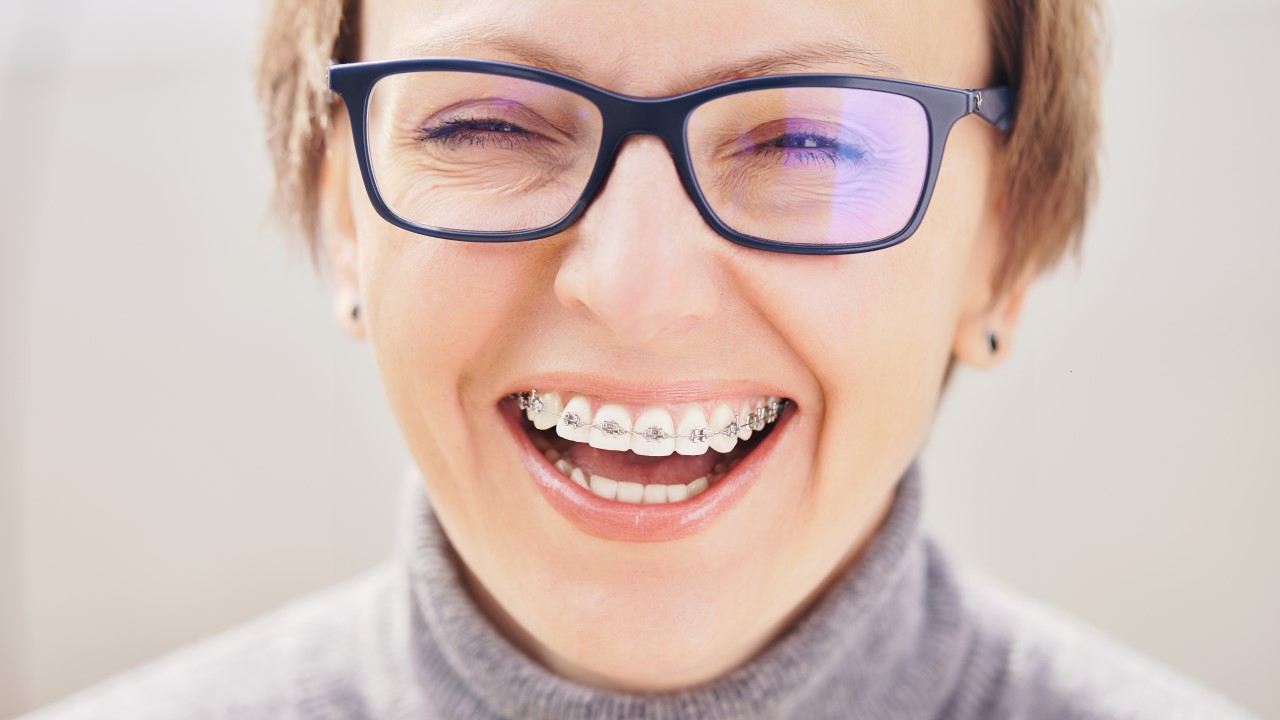
What Affects the Timeline of Invisalign® Treatment?

Am I a Candidate for Ceramic Braces?
Does your child have significant crowding or issues with their bite? For complex cases, our orthodontists in Fort Wayne, IN, and surrounding areas may recommend two-phase orthodontic treatment. As the name suggests, this treatment plan has two stages that occur during different points of your child's oral and maxillofacial development.
To learn if your child is a candidate for , you’ll need to call Parrish Orthodontics to schedule a consultation. In the meantime, here’s what you need to know about Phase 1 and 2 treatment.
When Should My Child See an Orthodontist?
In general, the recommends that your child see an orthodontist by age 7. While this may seem too young, it’s actually the perfect time for our orthodontists to detect an issue before it has the opportunity to worsen. If your child needs orthodontic care right away, we’ll develop a plan for two-phase orthodontic treatment.
Keep in mind that your child may not need early orthodontic intervention. In that case, our orthodontists will be able to determine if dental braces or clear aligners will be necessary later in life. In many cases, children may not need orthodontic care until they reach middle school or high school.
Regardless of your child’s circumstances, their first appointment with an orthodontist will help set them up for a healthy smile.
What is Phase 1 Treatment?
Typically, children will start Phase 1 orthodontic treatment between the ages of 6 and 9. At this time, your child will have a mixture of both baby and adult teeth. Our goal at this point in time is to move the baby teeth so the permanent adult teeth have space to erupt without crowding.
We’ll wait to focus on the final aesthetic touches of your child’s smile until they have their permanent set of teeth during Phase 2. Once Phase 1 is complete, we’ll provide your child with a retainer to wear in the meantime.
What Happens Between Treatment Phases?
It’s important that your child maintain the progress they made with Phase 1 treatment. To accomplish this, we’ll give your child a retainer to wear to ensure their teeth don’t start to drift toward their original positions. Make sure that your child wears their new appliance as directed by our orthodontists. Otherwise, their second phase of treatment may take longer than anticipated to complete.
What is Phase 2 Treatment?
We’ll start Phase 2 treatment once your child gets all their permanent adult teeth. The goal of Phase 2 treatment is to improve the health, function, and aesthetics of your child’s smile. In other words, we focus on the complete package to ensure your child has the best shot at maintaining a healthy, attractive smile for life.
When your child is done with orthodontic treatment, we’ll give them a retainer that they’ll need to wear as instructed.
What Happens After Phase 2 Treatment?
After a child completes Phase 2 of orthodontic treatment, parents can expect a significant improvement in the alignment and function of their child’s teeth. Phase 2 typically follows the initial Phase 1 treatment, which usually addresses more significant bite and spacing issues in younger children.
Here’s what to look forward to and prepare for after Phase 2 is completed:
Retention Period
The most critical stage post-treatment is retention. Your child will likely need to wear orthodontic retainers to ensure that the teeth maintain their new positions. Our orthodontists will provide either fixed or removable retainers, and it’s crucial that these are worn as instructed to prevent teeth from gradually shifting back to their original positions.
Follow-up Visits
Regular follow-up appointments will be necessary to monitor the stability of the teeth and the effectiveness of the retainers. These visits are typically less frequent than during active orthodontic treatment but are essential for long-term success.
Oral Hygiene
Good oral hygiene remains crucial even after the braces are removed. Encourage your child to continue brushing and flossing diligently, especially around any fixed retainers, to prevent plaque buildup and decay.
Possible Adjustments
In some cases, minor adjustments may be needed post-treatment, either in the form of slight modifications to the retainers or additional short-term treatment, to correct any small shifts or to optimize the bite further.
Related:What Are the Most Common Orthodontic Problems? →
Final Results and Confidence
Once the retention phase is managed well, your child can enjoy the benefits of a healthier, more aligned, and functional bite. This often leads to improved confidence and ease in cleaning their teeth, contributing to better oral health overall.
Parents should stay engaged with their child’s dental care routine and maintain communication with our orthodontists to ensure the long-term success of the treatment outcomes.
Schedule an Orthodontic Consultation
Our orthodontists in Fort Wayne, IN, and surrounding areas are accepting new patients. To schedule an appointment and learn if your child is a candidate for two-phase orthodontic treatment, please call Parrish Orthodontics at (260) 447-2568. You may also fill out our online contact form and someone from our team will reach out to you soon.
This blog post has been updated.


